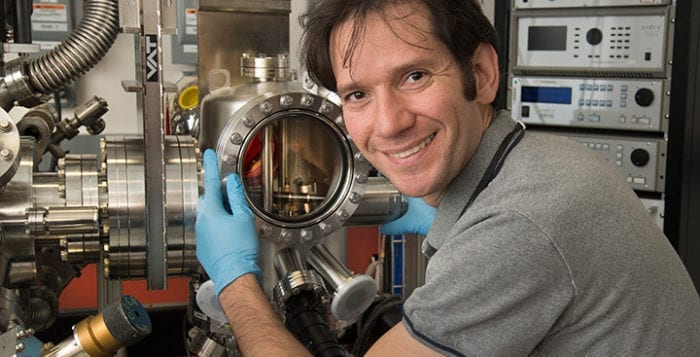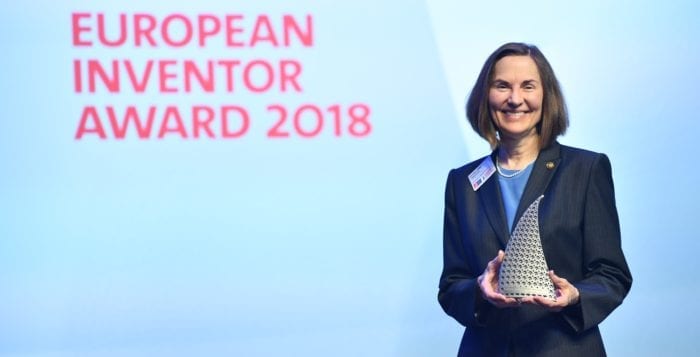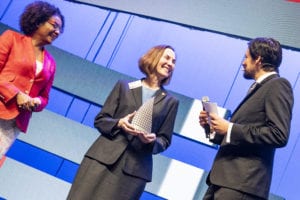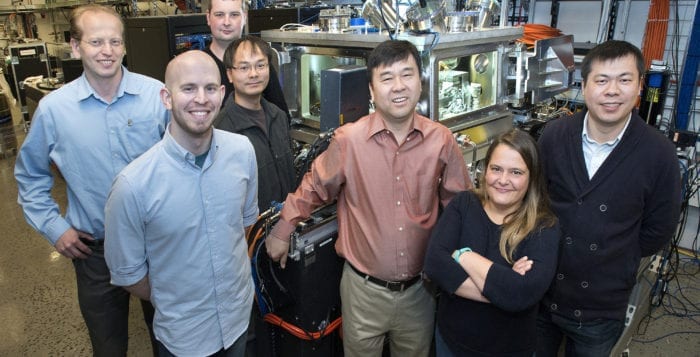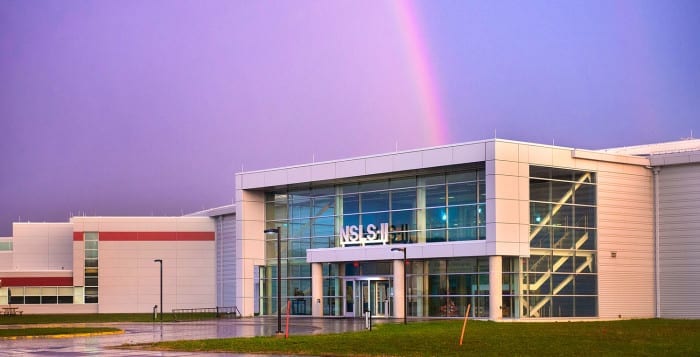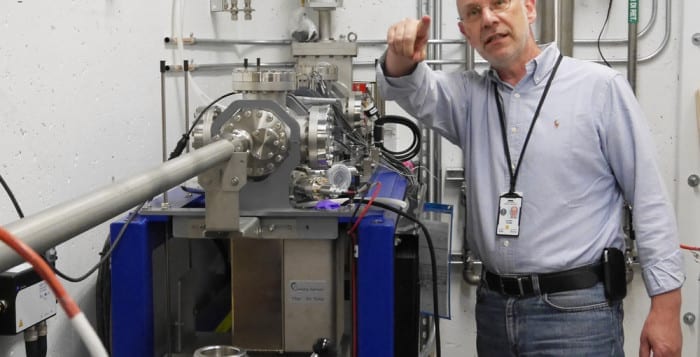By Daniel Dunaief
It was discovered in Sweden in 1756 and its name means “boiling stone,” which suggests something that might be a part of a magic show.
All these years later, zeolites, as this class of crystalline porous aluminosilicates are known, have become a key part of many products, such as in water and air purifiers, in detergents and in petroleum refining and hydrocarbon synthesis. They are even a part of deodorizers for people’s homes.
While these rocks, which are produced naturally and synthetically, act as sieves because their contained pores are the size of small molecules, the surface science plays a role in their interactions involves some mysteries.
For researchers like associate materials scientist J. Anibal Boscoboinik, who works at Brookhaven National Laboratory in the Center for Functional Nanomaterials, the unknowns stem from the way the reactions occur inside three-dimensional pores, which is inaccessible to the typical tools of surface science.
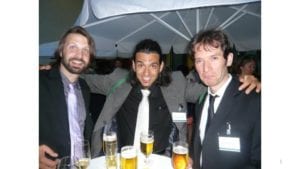
Boscoboinik, who is also an adjunct professor of materials science and engineering at Stony Brook University, has addressed this problem by creating synthetic two-dimensional models of this versatile substance. The models, which he designed when he was at the Fritz Haber Institute of the Max Planck Society in Berlin, have the same active sites and behave chemically like zeolites.
Using the high-tech tools at BNL, including the National Synchrotron Light Source, which is the predecessor to the current NSLS II, Boscoboinik derived an unexpected result. “We found, by accident, that when we exposed [zeolites] to noble gases, they got trapped in the little cages the structure has” at room temperature, he said.
Noble gases — including argon, krypton, xenon and radon — can become enmeshed in zeolite. The only noble gases that pass directly through or enter and exit easily are helium and neon, which are too small to bind to the surface.
When a noble gas with a positive charge enters zeolite, it gains an electron immediately upon entering, so it becomes neutral. The noble gases can also get trapped even when silicates don’t have a negative charge. These gases’ ions are produced when researchers use X-rays. The ions are smaller than the neutral atom, which allows them to enter the cage.
“The energy required to get them out of the cage is high,” Boscoboinik explained. “Once they are in, it’s hard to get them out.”
This finding, which Boscoboinik and his colleagues made last year, was named one of the top 10 discoveries and scientific achievements at BNL. These zeolite cages have the potential to trap radioactive gases generated by nuclear power plants or filter carbon monoxide or other smaller molecules.
The science behind understanding zeolites is akin to the understanding of the inner workings of a battery. Zeolites and batteries are both commonly used in industry and commercial applications, even though researchers don’t have a precise understanding of the reactions that enable them to function as they do.
Indeed, scientists at BNL and elsewhere hope to gain a better understanding of the way these processes work, which offers the hope of creating more efficient, less expensive products that could be technologically superior to the current designs.
Boscoboinik, who has been at BNL for almost five years, is especially appreciative of the opportunities to collaborate with scientists at the Department of Energy-sponsored facility and worked closely with Deyu Lu on the noble gas experiments.
He would not have learned as much only from experiments, Boscoboinik said. The theory helped explain the trapping of radon, which he didn’t work on for safety reasons because of its radioactivity.
Trapping radon gas could have significant health benefits, as the gas is often found in the ground or in basements. Radon is the second leading cause of lung cancer.
Lu, who is a physicist and theorist at the Center for Functional Nanomaterials, said in a recent email he was “impressed by the novelty of [Boscoboinik’s] research on two-dimensional zeolite.”
The two researchers received funding starting in 2014 on a four-year collaboration. Lu said that he wanted his computational modeling to “confirm the hypothesis from the experiment that noble gas atoms prefer to enter the nano-sized pore [rather] than the interfacial area of the zeolite bi-layer.”
The two-dimensional zeolite model system “gives us a wonderful playground to learn physical insights from both theory and experiments,” he continued. Boscoboinik is “one of the few experts who can synthesize the two-dimensional zeolite film, and he is leading the field to apply synchrotron X-ray techniques to study this remarkable new material,” Lu explained.
More broadly, Boscoboinik is interested in developing a deeper awareness of the process through which zeolite breaks down hydrocarbons. He would also like to get a specific model for the way zeolite can convert methane — a gas that is increasing in the atmosphere and has been implicated in the greenhouse gas effect — into methanol, a liquid that can be converted into gasoline.
A resident of Stony Brook, Boscoboinik, who was raised in Argentina, is married and has two young children. His family enjoys going to the beach and recently visited Orient Point State Park. When he was growing up in South America and had more discretionary time, he enjoyed reading. His favorite authors are Jorge Luis Borges and Julio Cortazar.
Boscoboinik appreciates the curiosity-driven questions he gets from his children. In his work, he “tries to think like a kid. At work, I try to ask the same question my five-year old asks,” although he thinks like an adult in matters of safety.
As for his work, Boscoboinik said he knows he has a long way to go before he answers the questions he asks. “When working in this environment, you never know what you’re going to find,” he said.
“You have to keep your eyes open for the unexpected so you don’t miss things that are really interesting, even if they are not what you were aiming at.”

